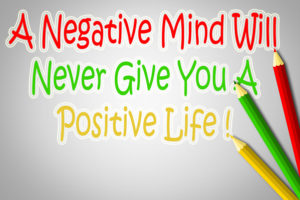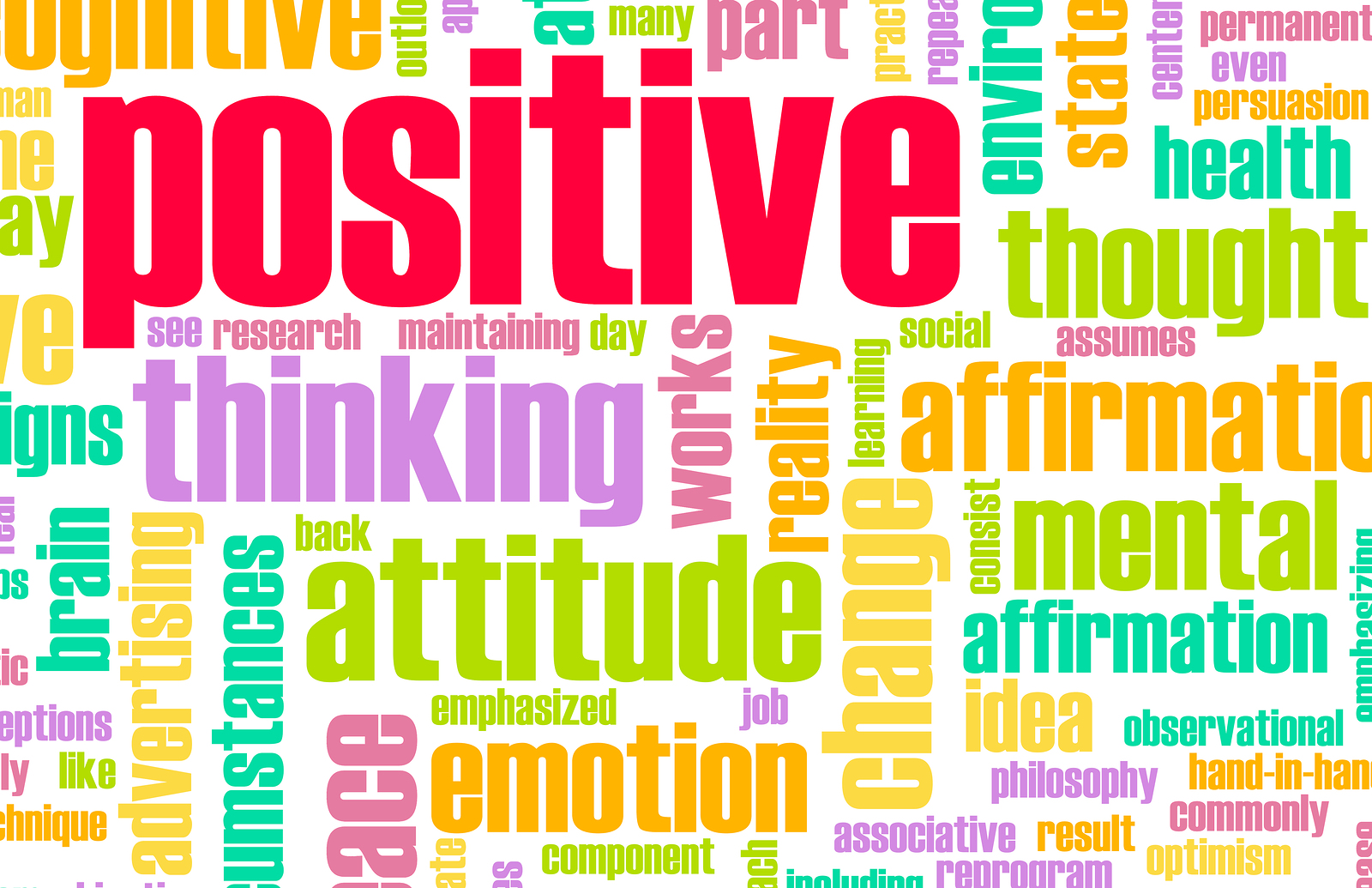January 10
Behavior & Mindset
0 comments
January 10
Behavior & Mindset
0 comments
I hope you enjoyed the 10 week “Rewiring Your Brain So You Can Become More Resilient” blog series.
In case you missed any of the posts or just wanted a recap on how you can become more resilient, here you go:

During week 1, we talked about the 4 types of conditioning that the brain goes through to maintain, change and/or create new circuitry:
You can find that post here.
 Week 2: Your Programming and Your Negativity Bias
Week 2: Your Programming and Your Negativity BiasDuring week 2, we talked about your negativity bias…and why it’s not your fault.
Here’s a really simple way to see how the brain impacts how we feel.
We receive signals all the time from others and from our environment. We’re hardwired with certain things like a “negativity bias” for example. A negativity bias is the proneness to see something as negative, dangerous and harmful versus positive and helpful. It’s not to because we like to complain or find fault, it’s for our safety. This is different than being an optimist versus a pessimist or seeing the cup as half full versus half empty.
You can find that post here.
 Week 3: Your Attachment Style and How it Shows Up in Your Relationships
Week 3: Your Attachment Style and How it Shows Up in Your RelationshipsDuring week 3, we talked about the 4 types of attachment and how knowing about them can explain why you respond and react the way you do.
Our attachment is the way we relate to others. It’s formed before we’re two years old. Once it’s set, it guides how we are in our relationships. It’s helpful to know more about so that you can understand yourself and work towards changing what no longer serves you.
You can find that post here.
 Week 4: Emotional Intelligence: A Mental/Emotional Muscle Worth Strengthening
Week 4: Emotional Intelligence: A Mental/Emotional Muscle Worth StrengtheningWeek 4 was all about emotional intelligence; what it is and how to strengthen it.
According to Daniel Goleman, Author of Emotional Intelligence and more, emotional intelligence is a trait not measured by IQ tests—it’s instead a set of skills, including control of one’s impulses, self-motivation, empathy and social competence in interpersonal relationships. He suggests that emotional intelligence is a better predictor of success in life than family, socioeconomic status and IQ.
So what does this mean and how can we use this information to help us personally and professionally?
When we understand how we respond when emotions arise, and where these emotions are coming from, we can better manage and work with ourselves.
To find out how to strengthen your emotional intelligence, go here.
 Week 5: Relational Intelligence: Looking Inward, Looking Outward
Week 5: Relational Intelligence: Looking Inward, Looking OutwardA big part of becoming more resilient, bouncing back and healing from trauma involves two different types of work.
What are 2 of the most powerful ways to look inward and outward in order to become more resilient? Here’s the rest of that post.
 Week 6: Groundhog Day of the Mind
Week 6: Groundhog Day of the MindIf you’ve seen the movie “Groundhog Day” Bill Murray relives the same day over and over again. At first, he’s baffled, then angry and eventually he starts having a little fun with it as he realizes he can use the day to create whatever type of experience he wants and if it doesn’t turn out well, no big deal, he can try again tomorrow.
So many of us walk around with “Groundhog Day of the Mind”. With this firmly in place, we have the same thoughts which lead to the same emotions, the same behaviors which create the same responses…day after day. I find it so interesting that we struggle to understand why things aren’t changing, why we’re still stuck with the same habits that are leading us to frustration, illness and unhappiness.
How can we change that? You can find out here.
 Week 7: The Upside of Trauma (Yes, It’s Possible)
Week 7: The Upside of Trauma (Yes, It’s Possible)We often hear about the devastatingly negative impact of trauma in the form of post traumatic stress disorder (PTSD). With PTSD, we can experience either hyper-arousal of the sympathetic nervous system which can lead to flashbacks and nightmares for example. We can also experience hypo-arousal of the parasympathetic nervous system leading to withdrawal, isolation and depression. These feelings get lodged within our body. It is possible to heal through the right combination of acceptance of the trauma, somatic/body based tools to unlock and release the trauma, and other intelligences that can create new behavioral patterns.
Is it possible to not only change our relationship to the event, but to thrive because of it?
The good news is that what can be waiting for you on the other side of your trauma is a phenomenon called Posttraumatic Growth (PTG). With PTG you’re not only able to fully recover from your trauma, but you’re emerging with a renewed sense of meaning, purpose, fulfillment, contentment and worldview from what the trauma left in its wake.
So how can you experience post-traumatic growth? Find out here.
 Week 8: How to Create and Maintain a Fit and Healthy Brain
Week 8: How to Create and Maintain a Fit and Healthy BrainSo often we’re reminded to take care of our bodies so they look and perform the way we’d like them to. Are we as concerned about keeping our brain fit, sharp and healthy?
Here are a few ways to keep your brain as youthful as your body.

A crisis, tragedy, illness or trauma can blindside us. It can take the wind out of our sails, stop us in our tracks, and leave life as we know it changed forever. It can wreak havoc on us physically, mentally and emotionally as we do our best to recover from the shock from what we never saw (or weren’t willing to see) coming down the road. While these types of life-altering experiences can shake us to the core, have you ever considered the idea that they may possibly be the perfect catalyst for change or even…a gift?
How can you prevent or heal (physically, mentally and emotionally) from a life crisis? How can you become more resilient so you can create and live a life you love? Join me each week as I coach you through it.
Have you enjoyed this series? What would you like to know more about? We’d love to know, comment and share!